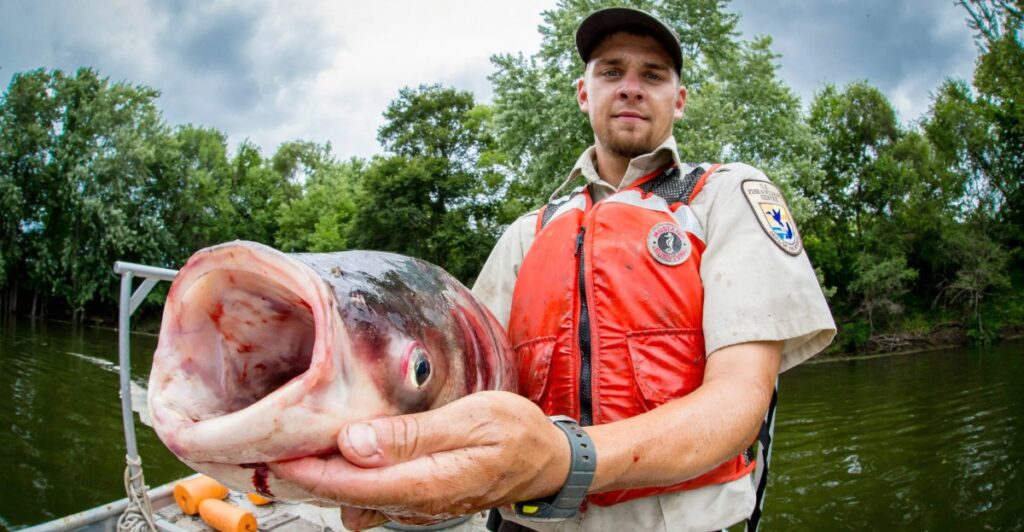
America has an invasive species problem, and it’s not just plants or insects. From sidewalk-wrecking iguanas to stealthy 20-foot snakes, some of the biggest threats are warm-blooded, cold-blooded, and completely out of place.
These creatures weren’t part of the original ecosystem. They were brought here through trade, travel, or carelessness, and now they’re thriving without any natural predators to slow them down.
The result? Billions in damage, displaced native species, and ecosystems flipped upside down. Here are eight invasive animals currently causing chaos across the U.S. (and why they’re so hard to stop).
1. Feral Swine
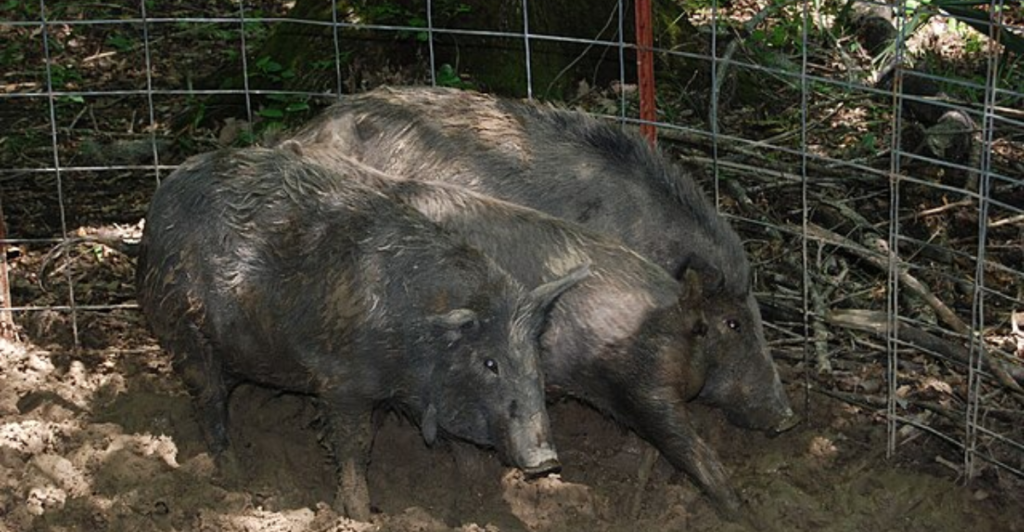
Feral swine, aka wild pigs, are a nightmare wrapped in a pig snout. Found in 35+ states, they destroy crops, uproot soil, damage wetlands, and even carry diseases harmful to livestock and humans.
They’re smart, aggressive, and reproduce quickly. A single female can have two litters a year, with up to 12 piglets at a time. That’s a whole lot of destructive bacon.
States like Texas and Florida have resorted to helicopter hunts and trap-and-shoot programs. Still, their numbers continue to grow, and so does the trail of destruction behind them.
2. Burmese Pythons
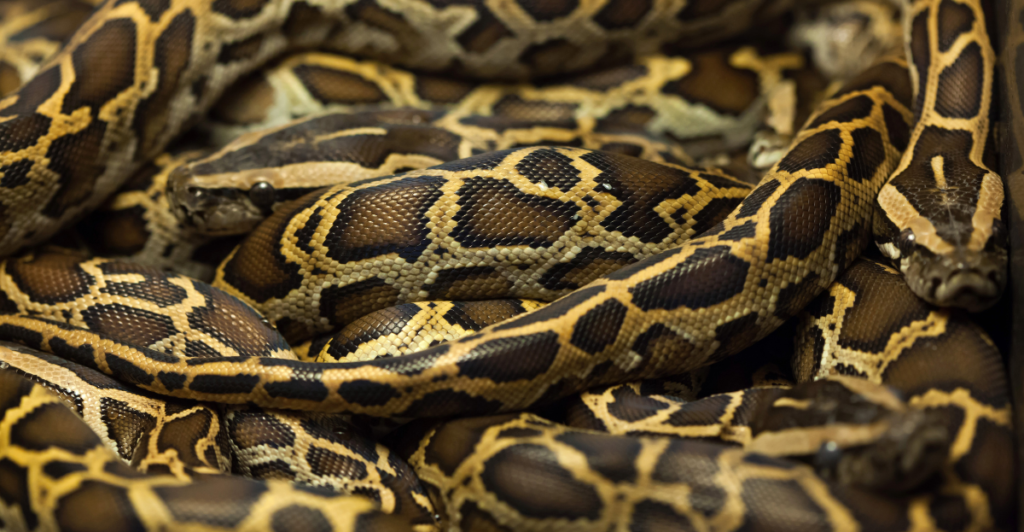
Thanks to the exotic pet trade, Burmese pythons have made themselves at home in Florida’s Everglades. Some were dumped by overwhelmed owners, others escaped during hurricanes. Now, they’re breeding and eating like they own the place.
They’ve wiped out up to 90% of small mammals in some areas. They’ve also been found with deer, bobcats, and even alligators in their stomachs. The food chain isn’t just disrupted, it’s been replaced.
Despite public hunts and bounty programs, they’re nearly impossible to control. Their stealth and swampy terrain make them the ultimate invasive ghost.
3. Nutria
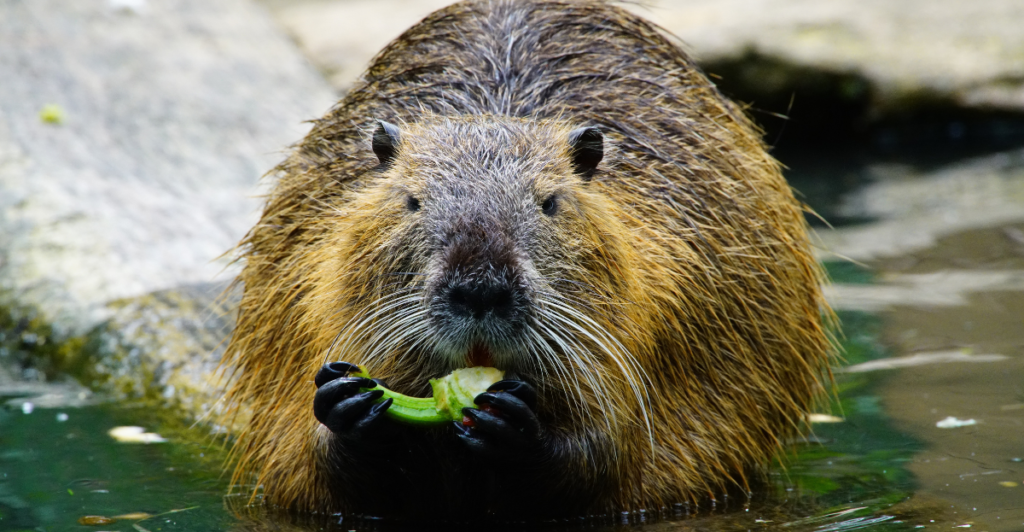
Nutria are giant, orange-toothed swamp rodents from South America. Originally imported for fur farming, they escaped and now destroy wetlands across Louisiana, Texas, and the Pacific Northwest.
They chew through plant roots that hold soil together, causing massive erosion. That means weaker flood protection, vanishing habitats, and fewer resources for native wildlife.
They’ve been labeled an ecological disaster, and some states have introduced bounties to encourage trapping. Others have tried marketing nutria as a delicacy. (Spoiler: the public’s not biting.) But these furry wrecking balls keep multiplying.
4. Green Iguanas
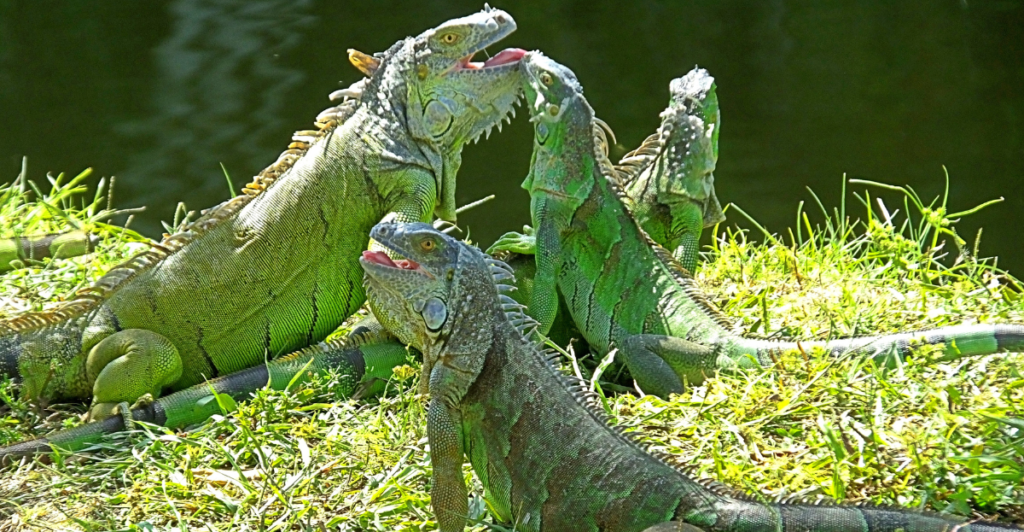
Green iguanas were once exotic pets. Now, they’re backyard menaces, especially in Florida. They bask on seawalls, raid vegetable gardens, and burrow under sidewalks, destabilizing roads and foundations.
They’re not aggressive, but they’re prolific. A single female can lay 70 eggs a year. They love human habitats and have no issue becoming your uninvited poolside guest.
When temps drop, they literally fall out of trees. (Not dead, just cold-stunned.) Florida encourages humane removal, but with populations booming, they’re starting to feel less like pests and more like permanent tenants.
5. Northern Snakehead
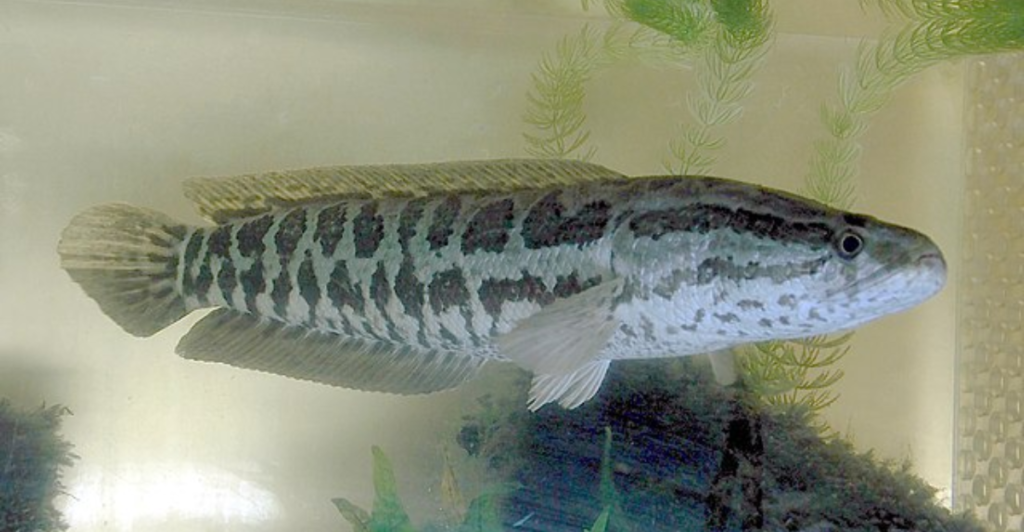
The northern snakehead is a fish that looks like it’s out of a horror movie. It can breathe air, survive on land for days, and migrate between water bodies. And when it finds a pond? It dominates.
Native to Asia, it devours native fish, frogs, crustaceans, and even other snakeheads. It multiplies quickly and has no predators here to keep it in check.
States like Maryland have declared open season on them. If you catch one, you’re not allowed to throw it back. Snakeheads aren’t here to blend in. They’re here to take over.
6. Asian Carp
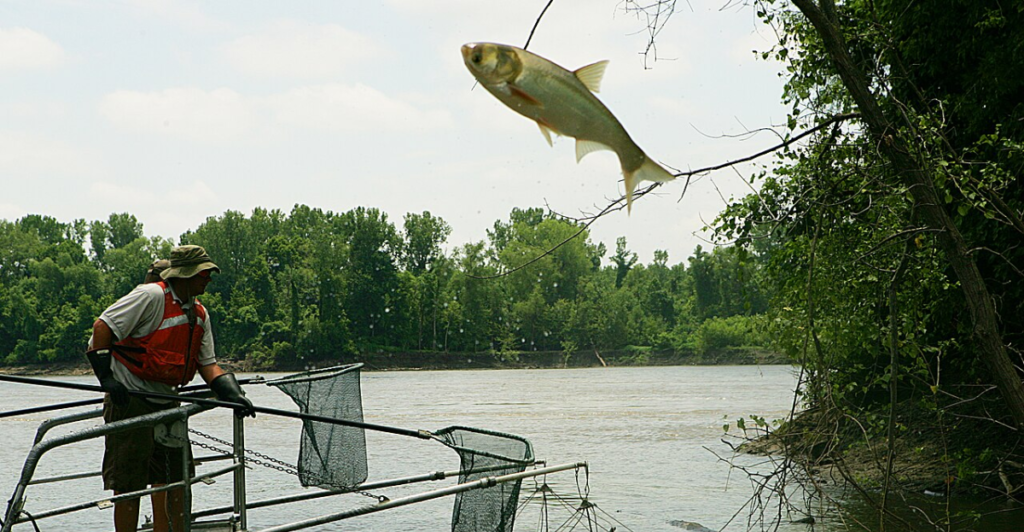
Asian carp were imported in the ’70s to control algae in fish farms. They escaped during floods, and now they’re everywhere, from the Mississippi River up to the edge of the Great Lakes.
They out-eat native fish, damage habitats, and reproduce like there’s no tomorrow. Silver carp, especially, are infamous for jumping out of the water when disturbed, injuring unsuspecting boaters.
Millions are being spent on electric barriers and targeted fishing. If they reach the Great Lakes in full force, experts say it could collapse one of the most valuable freshwater ecosystems in the world.
7. European Starlings
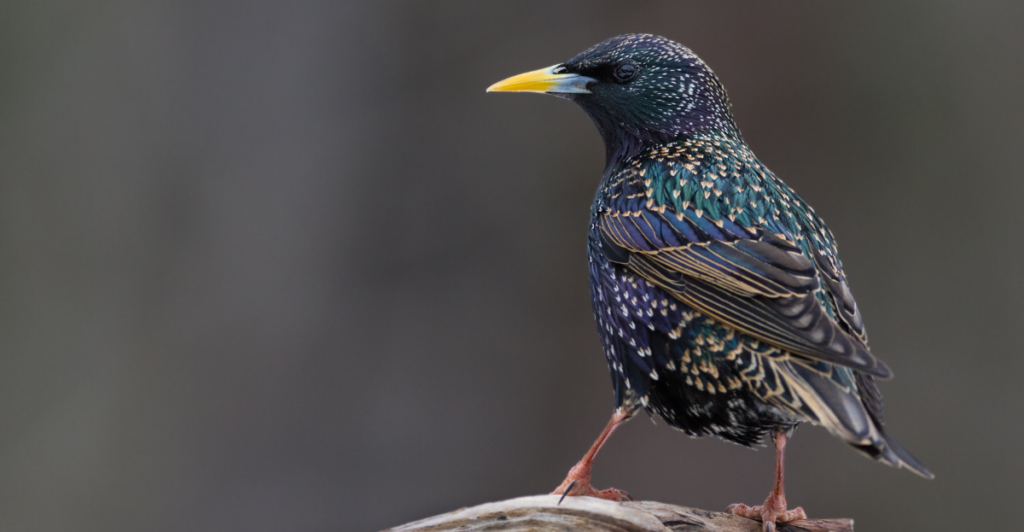
A Shakespeare superfan released 100 European starlings into Central Park in the 1890s. Now, there are over 200 million across the U.S., and they’ve become one of the most hated birds in America.
They displace native species, devour crops, and form massive flocks that overwhelm cities. Their droppings damage buildings and can spread disease. And they’re bold, they’ll happily nest in your gutters or airplane hangars.
They’re protected under certain laws, which makes management tricky. But wildlife officials still use traps, noise machines, and even birth control to keep their numbers in check.
8. Spotted Lanternfly: Pretty, Destructive, Uninvited
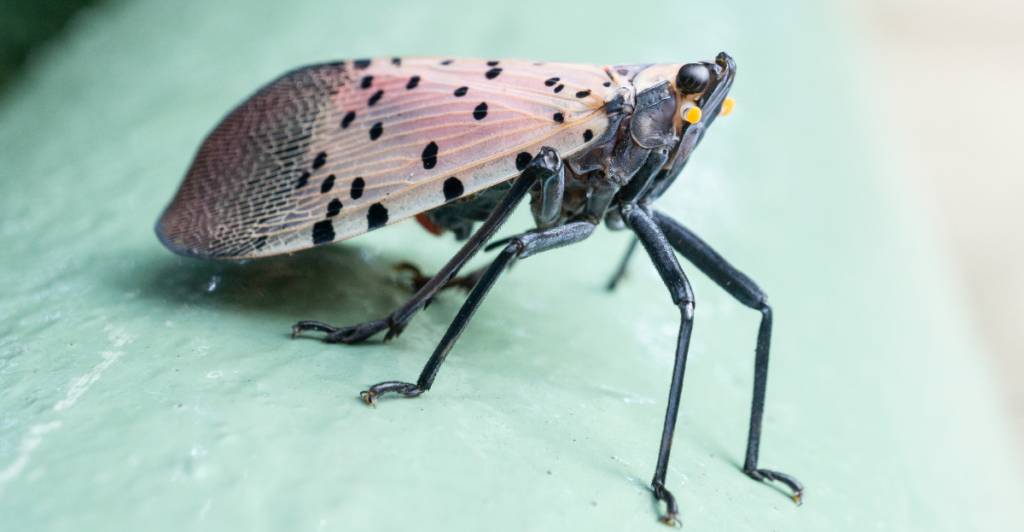
Don’t let the colorful wings fool you; the spotted lanternfly is a nightmare for agriculture. Native to Asia, it was first spotted in Pennsylvania in 2014 and has since spread across the eastern U.S., hitchhiking on vehicles, trees, and even your shoes.
It feeds on sap from grapevines, fruit trees, and hardwoods, leaving a sticky mess that attracts mold and damages crops. Its favorite target? Wineries. And the wine industry is furious.
States have launched aggressive “squash on sight” campaigns. You’ll find warnings at airports, gas stations, and trailheads. This bug is small, flashy, and causing millions in damage.
These Invaders Are Winning
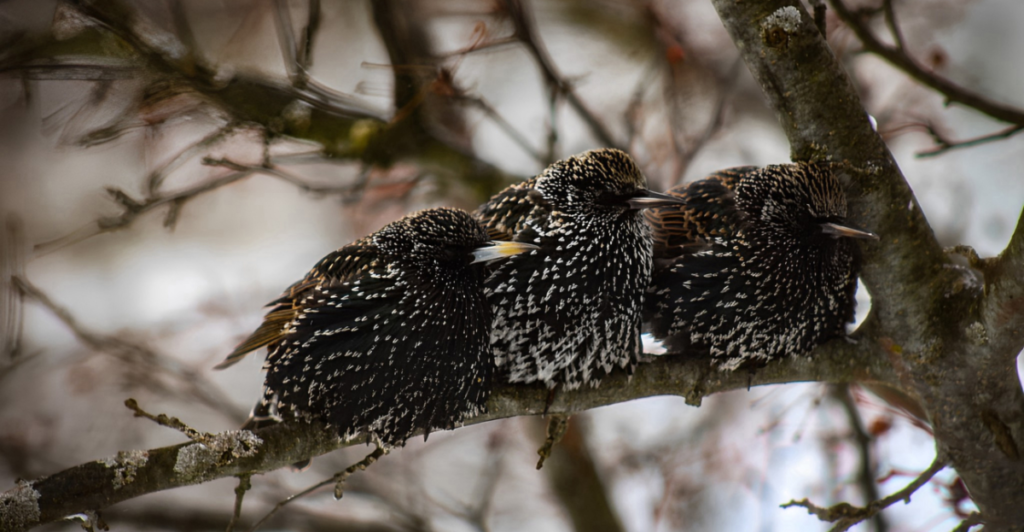
Invasive animals don’t ask for permission. They arrive, adapt fast, and throw entire ecosystems off balance. Left unchecked, they threaten native species, human infrastructure, and billions in economic losses.
The hard truth? Most are here to stay. Once an invasive species establishes itself, total eradication is rare. The goal becomes management, and that requires funding, education, and public cooperation.
Whether it’s a fish that jumps or a lizard that tunnels under your patio, these invaders aren’t going away quietly. But knowing what they are is the first step to fighting back.
Explore more of our trending stories and hit Follow to keep them coming to your feed!

Don’t miss out on more stories like this! Hit the Follow button at the top of this article to stay updated with the latest news. Share your thoughts in the comments—we’d love to hear from you!







